A stripboard track's current carrying capacity can be increased by using tracks in parallel, tinning it with solder or soldering tinned copper wire onto it, etc. but what is the current carrying capacity of a one track as it comes and for how long, without causing unwanted change in the circuits reliability?
There is some info about temperature rise with current in a pdf at Printed Circuit Board Track or Trace Current Carrying Capacity per mil std 275 and an image at Extract from VEROBOARD MANUAL 1960 which implies maybe 0.5 to 1.0 A max but they're not very specific.
